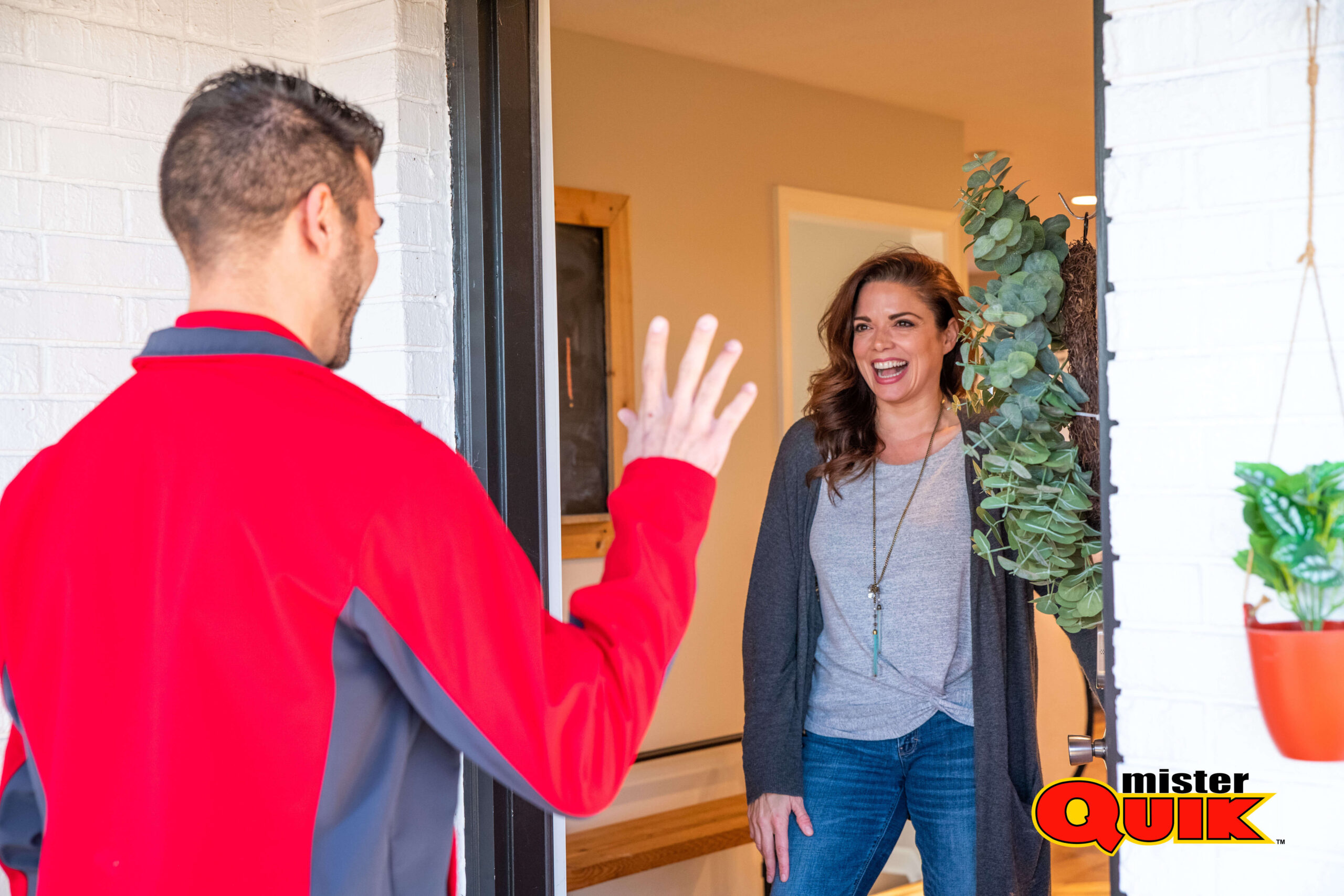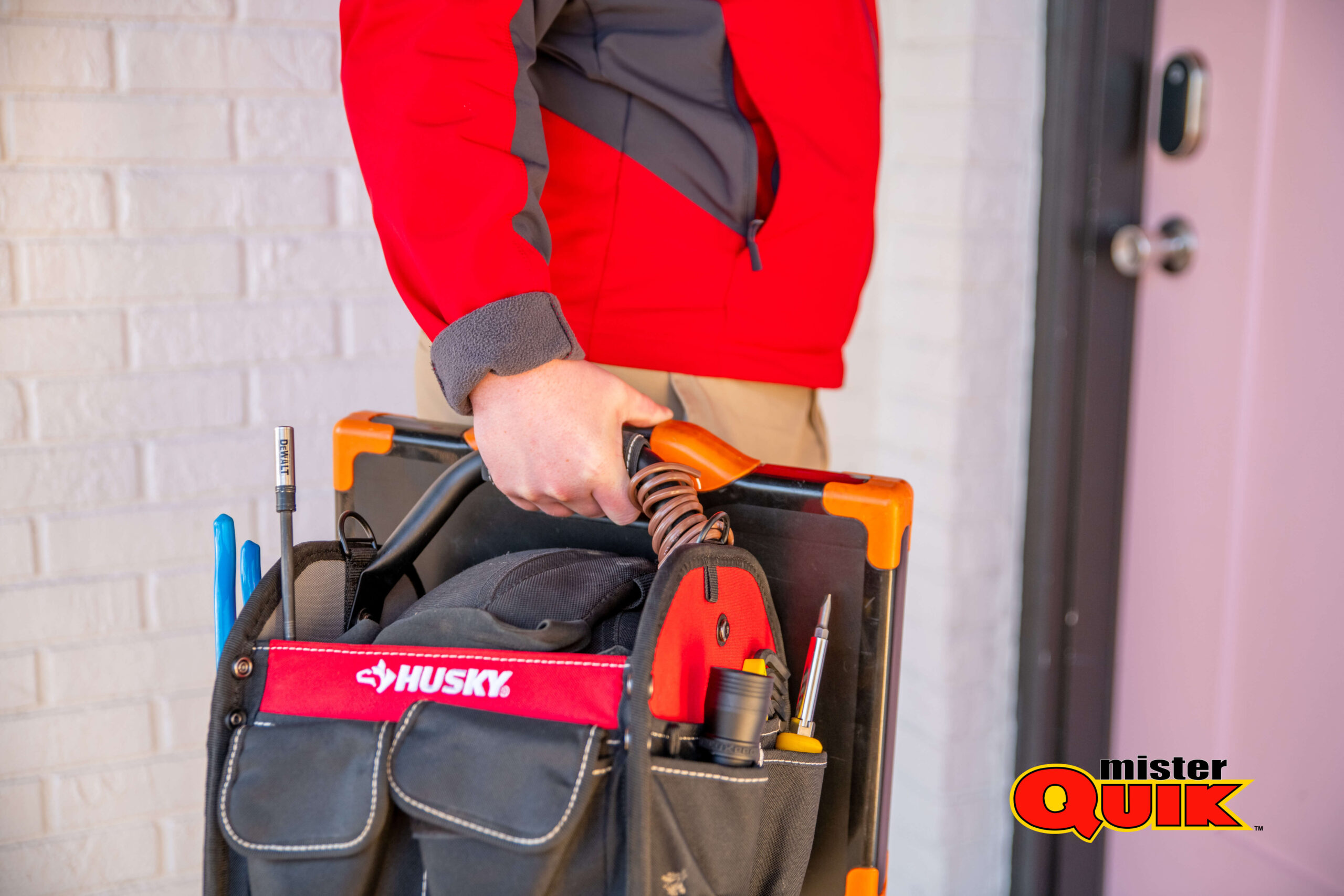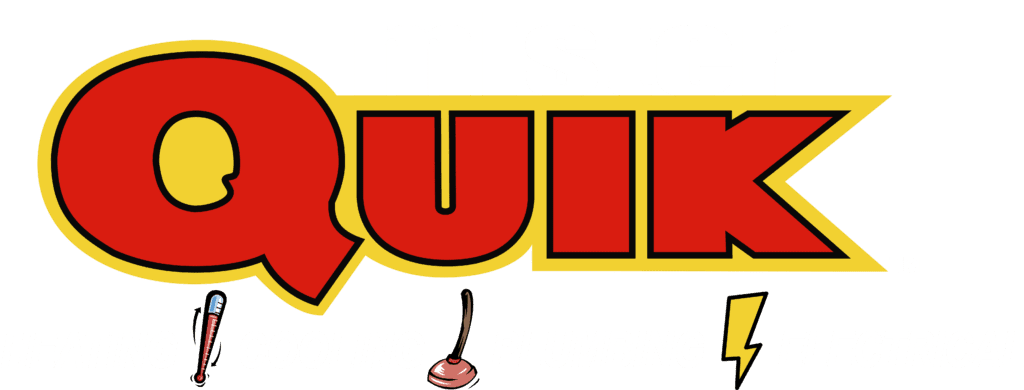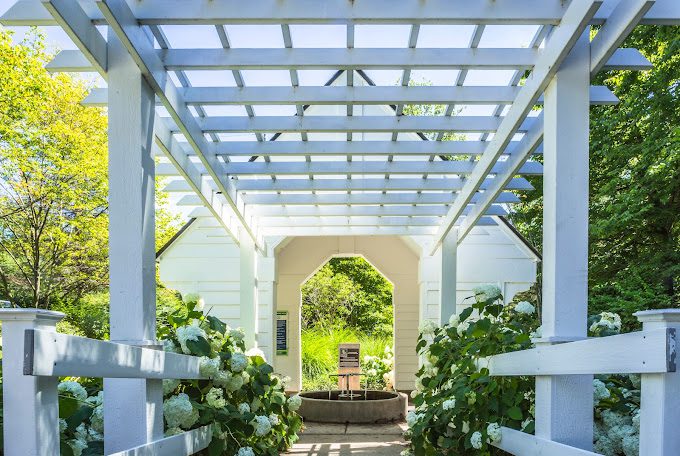Best Carmel Humidifier
Schedule on your own without making a call. Click the button below to get started!

Carmel Humidifier near me
Are you considering adding a humidifier to your home? Mister Quik Home Services provides valuable insights into home humidifiers near you.
- Proximity and Accessibility: Mister Quik Home Services offers convenient access, minimizing wait times for installation or maintenance services. Our local presence ensures prompt assistance whenever you need it.
- Expert Recommendations: Gain access to expert recommendations tailored to your specific needs and climate conditions. Our knowledgeable team can help you select the right humidifier for optimal indoor air quality and comfort.
- Professional Installation: Professional installation by skilled technicians familiar with local regulations and guidelines guarantees proper installation, maximizing the effectiveness and longevity of your humidifier.
- Convenient Maintenance Services: When you choose Mister Quik, ongoing maintenance and support become more convenient. Mister Quik Home Services offers scheduled maintenance plans and prompt assistance for any issues that may arise.
- Local Customer Support: Experience personalized customer support from Mister Quik Home Services. We prioritize customer satisfaction, offering clear communication and timely responses to address any concerns or inquiries.
With home humidifiers near you from Mister Quik Home Services, you can enjoy improved indoor air quality and enhanced comfort throughout your home.
Factors to Consider When Choosing a Humidifier
Here are some tips:
This tool monitors humidity levels to ensure you maintain a comfortable and healthy range between 30% and 50%. Exceeding recommended humidity levels can lead to mold growth.
Follow the manufacturer's instructions to prevent mineral buildup and promote indoor air quality.
Think about your budget, desired coverage area (whole house or specific rooms), and any health concerns you may have when choosing a humidifier.
This tool monitors humidity levels to ensure you maintain a comfortable and healthy range between 30% and 50%. Exceeding recommended humidity levels can lead to mold growth.
A humidifier can be beneficial if you live in a dry climate or suffer from respiratory issues aggravated by dry air. It helps maintain optimal indoor humidity levels, preventing issues like dry skin, irritated sinuses, and cracked lips. Additionally, it can protect wooden furniture and flooring from drying out.
Yes, you can over-humidify a room. Excessive humidity levels can lead to a variety of issues such as mold and mildew growth, musty odors, and damage to wooden furniture and electronic devices. Additionally, over-humidification can create an uncomfortable environment, causing feelings of stickiness and exacerbating respiratory problems. It’s essential to monitor humidity levels regularly using a hygrometer or smart thermostat and adjust the settings of your humidifier accordingly to maintain a healthy balance between too-dry and too-humid conditions, typically aiming for indoor humidity levels between 30% and 50%.
In general, humidity levels are higher in the summer and lower in the winter. It’s ideal to keep the humidity in your home between 30% and 50%. Humidity that’s too low or too high can cause problems. Low humidity can cause dry skin.
Without regular cleaning and maintenance, your humidifier can turn into a vicious, festering cesspool of bacteria and mold—not the kind of stuff you want to be breathing in. The maintenance schedule is demanding, but the work itself is pretty easy, especially if you do it consistently.
Humidifiers add moisture to the air when it is too dry. Generally, people use humidifiers in the wintertime to combat the dryness of winter air. A dehumidifier takes moisture out of the air when it is too humid. Dehumidifiers are used during the spring and summer.
Humidifier Installation Services in Carmel
Here are some steps you can take to prepare for your humidifier installation service:
Before the Appointment:


Clear the installation area: Identify where the humidifier will be installed, typically near an electrical outlet and away from heat sources like radiators or vents. Clear the area around the chosen location to provide the technician with easy access for installation.
Gather information about your water: Knowing if you have hard or soft water at home will be helpful for the technician. This information can help them determine if any additional pre-treatment filters are needed for the humidifier to prevent mineral buildup.
Read the humidifier manual: Familiarize yourself with the humidifier you’ve purchased. The manual may contain specific instructions regarding preparation for installation or any pre-filter attachments required.
Prepare questions for the technician: Having a list of questions ready can help clarify any doubts you may have about the installation process, operation, and maintenance of your new humidifier.
On the Day of Installation:
Provide clear access: Ensure the technician has unobstructed access to the chosen installation location and the electrical outlet needed to power the humidifier.
Be present if possible: While the technician can likely install the humidifier without you being present, it’s advisable to be there to answer any questions they may have and to learn about the operation and maintenance of your new appliance.
Clear a workspace: Provide the technician with a clear work area near the installation location to allow them to unpack the humidifier and work comfortably.
Protect your belongings: If necessary, cover any furniture or surfaces near the installation area to protect them from dust or debris during the installation process.
Additional Tips:
Have a water source nearby: The technician may need to fill the humidifier initially. Having a sink or easy access to a water source close by can expedite the process.
Consider purchasing a hygrometer: A hygrometer is a device that measures humidity levels. Having one will allow you to monitor the effectiveness of your new humidifier and maintain a comfortable humidity range between 30% and 50% in your home.
By following these preparation steps, you can ensure a smooth and efficient humidifier installation process. Don’t hesitate to ask the technician questions and clarify any doubts you may have about your new appliance.
Humidifier Installation Services in Carmel
Here are some steps you can take to prepare for your humidifier installation service:
Before the Appointment:
Identify where the humidifier will be installed, typically near an electrical outlet and away from heat sources like radiators or vents. Clear the area around the chosen location to provide the technician with easy access for installation.
Knowing if you have hard or soft water at home will be helpful for the technician. This information can help them determine if any additional pre-treatment filters are needed for the humidifier to prevent mineral buildup.
Familiarize yourself with the humidifier you've purchased. The manual may contain specific instructions regarding preparation for installation or any pre-filter attachments required.
Humidifier Installation Services in Carmel
Selecting the ideal UV light system for your Carmel, IN residence is crucial for optimizing indoor air quality. Here’s a concise guide:
Before the Appointment:
- Clear the installation area: Identify where the humidifier will be installed, typically near an electrical outlet and away from heat sources like radiators or vents. Clear the area around the chosen location to provide the technician with easy access for installation.
- Gather information about your water: Knowing if you have hard or soft water at home will be helpful for the technician. This information can help them determine if any additional pre-treatment filters are needed for the humidifier to prevent mineral buildup.
- Read the humidifier manual: Familiarize yourself with the humidifier you’ve purchased. The manual may contain specific instructions regarding preparation for installation or any pre-filter attachments required.
- Prepare questions for the technician: Having a list of questions ready can help clarify any doubts you may have about the installation process, operation, and maintenance of your new humidifier.
On the Day of Installation:
- Provide clear access: Ensure the technician has unobstructed access to the chosen installation location and the electrical outlet needed to power the humidifier.
- Be present if possible: While the technician can likely install the humidifier without you being present, it’s advisable to be there to answer any questions they may have and to learn about the operation and maintenance of your new appliance.
- Clear a workspace: Provide the technician with a clear work area near the installation location to allow them to unpack the humidifier and work comfortably.
- Protect your belongings: If necessary, cover any furniture or surfaces near the installation area to protect them from dust or debris during the installation process.
Additional Tips:
- Have a water source nearby: The technician may need to fill the humidifier initially. Having a sink or easy access to a water source close by can expedite the process.
- Consider purchasing a hygrometer: A hygrometer is a device that measures humidity levels. Having one will allow you to monitor the effectiveness of your new humidifier and maintain a comfortable humidity range between 30% and 50% in your home.
Can You Add a Humidifier to an Existing Furnace?
Yes, you can add a humidifier to an existing furnace, but it’s important to weigh the pros and cons carefully. Here’s a breakdown to help you decide:
Convenience: Integrates with your existing heating system for whole-house humidity control.
Efficiency: Humidifies the air as it circulates through the furnace, potentially improving heating efficiency.
Complexity: Installation typically requires an HVAC professional to ensure proper integration with your ductwork and electrical system. Improper installation can lead to problems like water damage, mold growth, or malfunctioning.
Warranty: Improper installation can void your furnace warranty.
Performance: Furnace humidifiers may not be as effective in distributing moisture throughout the entire home, particularly in larger houses.
Maintenance: Requires regular cleaning and maintenance to prevent mineral buildup and mold growth.
Bypass humidifier: Installed in the ductwork near the furnace, it's a more efficient type of furnace humidifier but still requires professional installation.
Portable humidifier: A more affordable and easier option for targeted humidification in specific rooms. However, you'll need to refill them regularly.
If you’re comfortable with the potential downsides and have a complex HVAC system, consult an HVAC professional to discuss adding a humidifier to your furnace or explore a bypass humidifier option.
For a simpler and potentially more cost-effective solution, a portable humidifier might be a better choice, especially for smaller homes or targeting specific rooms.
- First, ensure the humidifier is plugged in and switched on. Check the water tank and refill it if necessary. Look for any visible leaks around the base or tank, and address them before proceeding.
- Many humidifiers utilize filters to trap dust and impurities from the water. A clogged filter can restrict airflow and reduce mist output. Clean or replace the filter according to the manufacturer’s instructions. Mineral buildup from hard water can also impede performance. If you notice white dust accumulating around the humidifier or the mist outlet, it’s time to descale the unit using a vinegar or citric acid solution as recommended by the manufacturer.
- Make sure the mist level is set correctly for the size of the room and the desired humidity level. Consult the manual for your specific model if needed. Humidity levels are generally recommended to be between 30% and 50% for comfort and health. Higher humidity levels can promote mold growth.
- Invest in a hygrometer to monitor the humidity levels in your room. This will help you determine if the humidifier is functioning effectively and if adjustments are needed.









